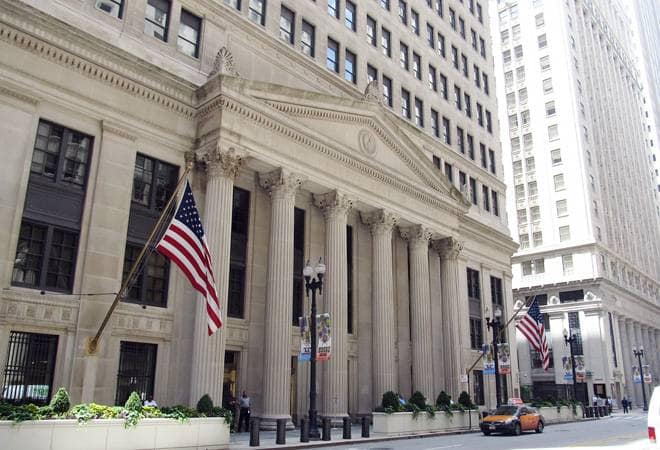
Fiscal Policy | Monetary Policy & Inflation | US

Fiscal Policy | Monetary Policy & Inflation | US
The path of US interest rates has reversed sharply this year, leading to legitimate concern over whether the US is destined for Japanification. Japanese policy rates peaked at 8.25% during a financial bubble that burst in 1989 and were then steadily trimmed until a zero interest rate policy (ZIRP) was finally introduced in 1999 (Chart 1). The path of US rates has lagged by 16 years with a bubble peak in 2006, but otherwise looks similar. And T US 10-year yields have followed an even closer (lagged) path to Japanese yields than has been the case for policy rates (Chart 2). If the post-bubble Japan analogue holds for US bonds, then sub-2% yields could persist for another 15-20 years…
This article is only available to Macro Hive subscribers. Sign-up to receive world-class macro analysis with a daily curated newsletter, podcast, original content from award-winning researchers, cross market strategy, equity insights, trade ideas, crypto flow frameworks, academic paper summaries, explanation and analysis of market-moving events, community investor chat room, and more.
The path of US interest rates has reversed sharply this year, leading to legitimate concern over whether the US is destined for Japanification. Japanese policy rates peaked at 8.25% during a financial bubble that burst in 1989 and were then steadily trimmed until a zero interest rate policy (ZIRP) was finally introduced in 1999 (Chart 1). The path of US rates has lagged by 16 years with a bubble peak in 2006, but otherwise looks similar. And T US 10-year yields have followed an even closer (lagged) path to Japanese yields than has been the case for policy rates (Chart 2). If the post-bubble Japan analogue holds for US bonds, then sub-2% yields could persist for another 15-20 years.
Growth and Public Debt: Two Key Similarities
% of GDP: Year 0; 1985 for Japan, 2001 for US
But There Are 4 Important Differences:
A similar story holds for both core consumer prices (Chart 7) and cash wages (Chart 8). The relative price path between the two economies did not diverge much until 5 years after their respective bubbles burst (i.e., about year 10 in Charts 7 and 8 – in Japan’s case the mid-1990s; in the US case, about 2011).
Bottom Line
Despite important similarities, we think the differences between the two are more numerous and more significant – most importantly the domestic inflation environment. Another significant difference is the wider global economy. Japan was alone when entering an extended phase of ZIRP. Now, unconventional monetary policy is closer to the norm, and significant portions of the European bond market operate with negative yields. We think these are likely to be a more significant driver of sub-2% US yields, and so this could be on the cards.
Spring sale - Prime Membership only £3 for 3 months! Get trade ideas and macro insights now
Your subscription has been successfully canceled.
Discount Applied - Your subscription has now updated with Coupon and from next payment Discount will be applied.